
How To: Set up a hayride
Take a break from the city and treat your friends and family to some good old-fashioned fun. You Will Need


Take a break from the city and treat your friends and family to some good old-fashioned fun. You Will Need

Warts can be embarrassing – as well as contagious. Help minimize the chance you'll spread them to other parts of your body, or other people.

Dust is everywhere. Here are some novel ways to remove it. You Will Need

If you or anyone in your family suffers from allergies, there are some simple ways to make your home more hospitable.

In this classic game of musical chairs, everyone gets a prize. You Will Need

Sick of that burning, persistent, acid sensation? With a couple of easy steps, you can put your stomach at ease and boost digestive health.

Make your eyes look bigger and brighter by lengthening your lashes. You Will Need

It's easier than you'd think to prevent hemorrhoids. With a little exercise, attention to diet, and a change in habits, you can become hemorrhoid-free.

The fried onion blossom is a classic American appetizer – and it's as fun to make as it is to eat! You Will Need

Whether you make it with the traditional Italian pancetta or its American cousin, bacon, this easy-to-make dish will quickly become a dinnertime favorite.

You can eat Italian and still stick to your diet. Just follow these guidelines. Step 1: Skip the garlic

When faced with the searing pain of brain freeze, use these quick tips to bring sweet relief. You Will Need

Your workspace should be a breeding ground for creativity and productivity, not bacteria and germs. You Will Need

Cooling sprays are a safe, easy, and effective way to relieve the discomfort of hot flashes associated with menopause. Watch this video to learn how to make a hot flash cooling spray.

Make restaurant-quality fries with less fat and fewer calories by skipping the deep fryer. Watch this video to learn how to make oven-baked french fries.
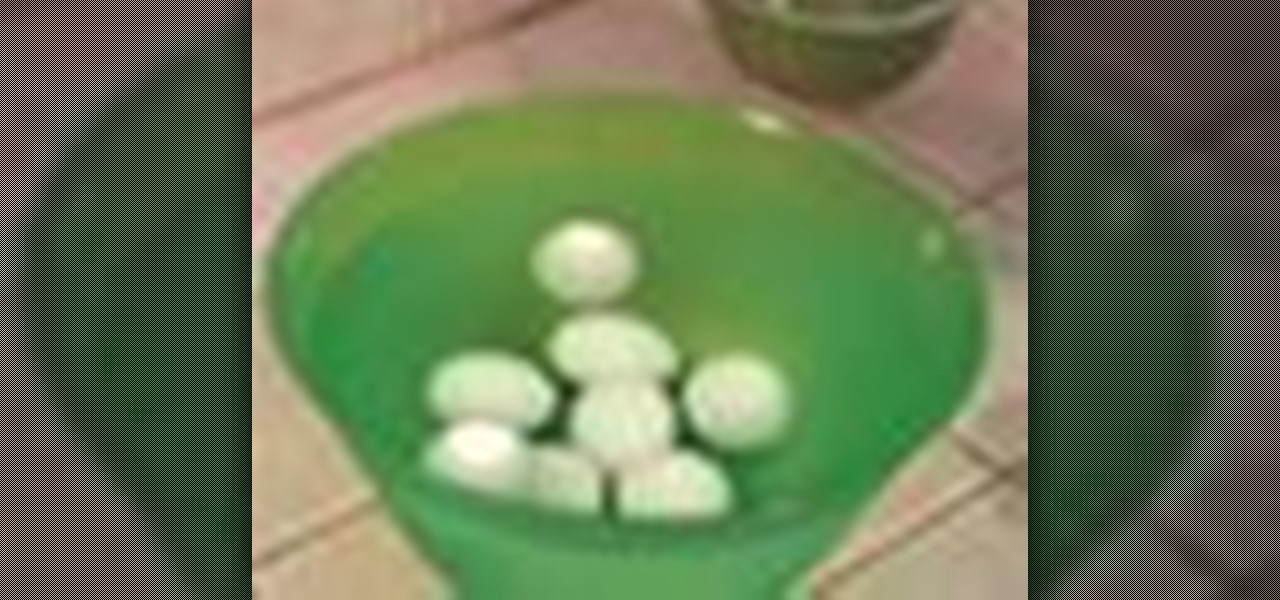
It's easy to find out if your eggs can be scrambled, fried, or used in a recipe - or if they need to be tossed in the trash. Watch this video to learn how to test eggs for freshness.
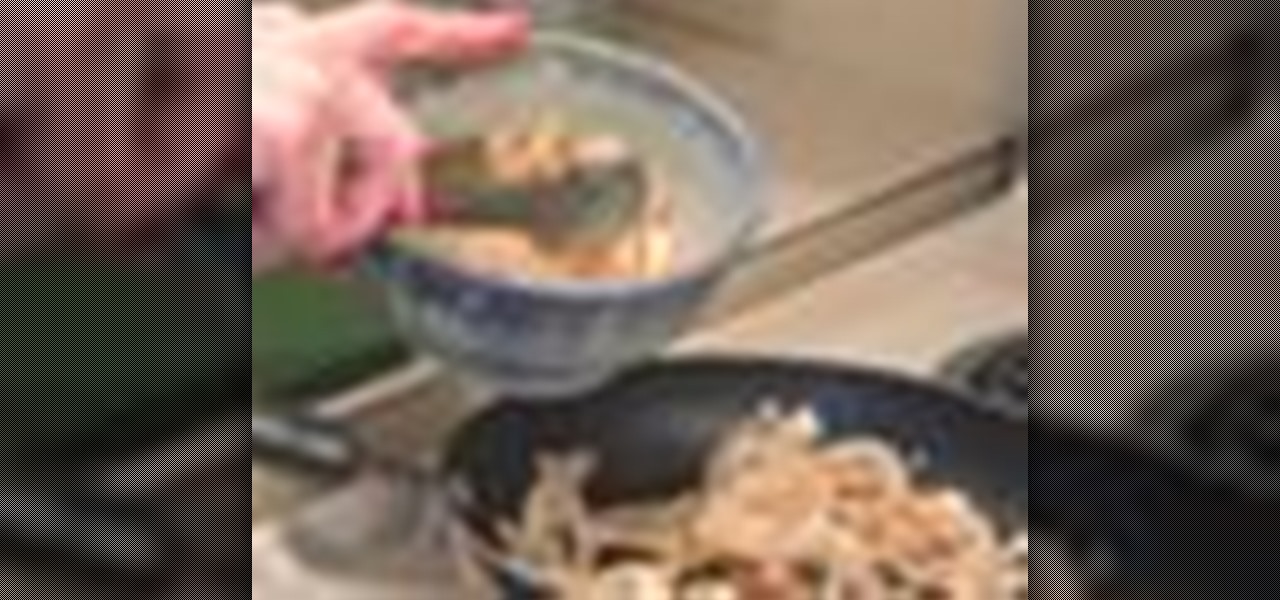
Learn how to caramelize onions. The sweet, mellow flavor of caramelized onions will enhance any soup or main course, and they also taste great as a side dish.

Watch this video tutorial to learn how to make your own all-natural face masks. Tired of spending a lot of money on facial products that don’t even work? Try on some masks made from items you already own—they’re all natural and good enough to eat!

Lactose intolerance used to mean a diminished diet. Fortunately, now there are plenty of alternatives, as well as ways to help you tolerate lactose, or milk sugar. Learn how to deal with lactose intolerance with this how to video.

Is your child a gimme monster? Put a lid on demands and tantrums with these tips. You Will Need
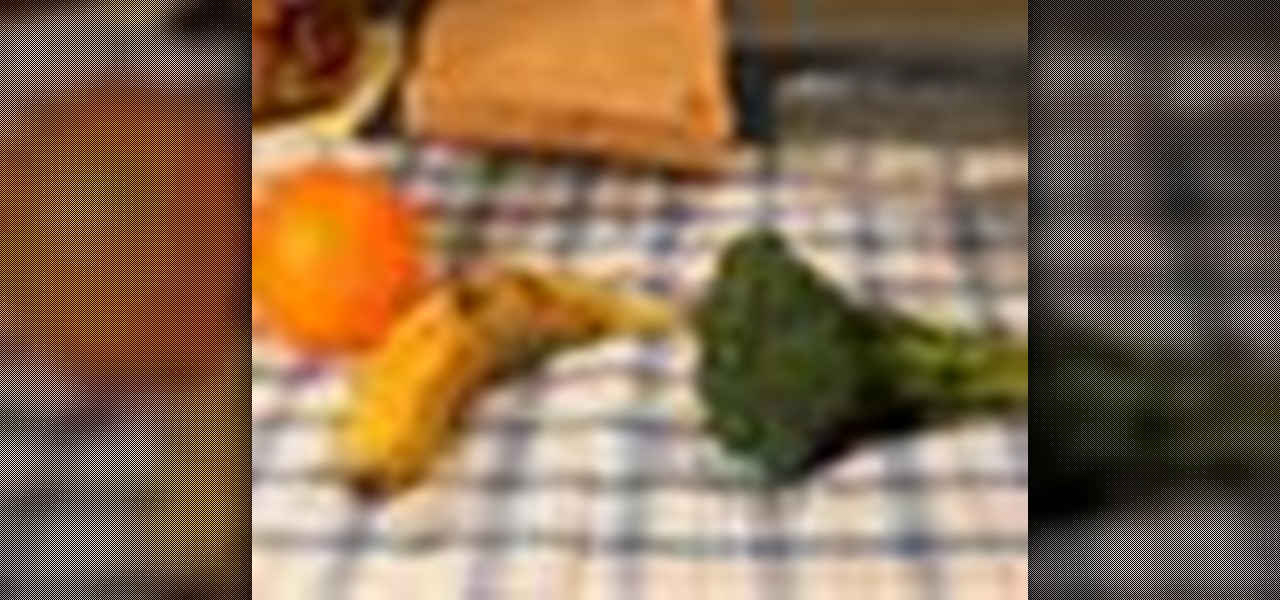
Keep foods fresher longer with these tricks. Learn how to make your food last longer. You Will Need:

Don’t throw out that banana peel—or that overly ripe banana. Put them to good use around your house instead.
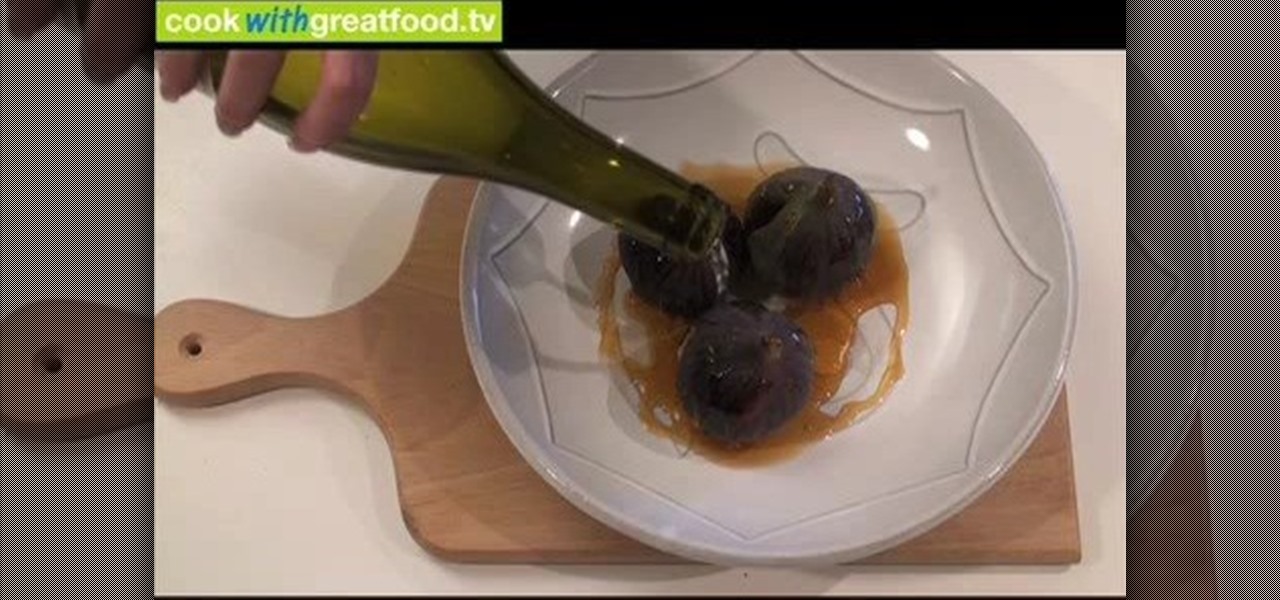
Here is a cooking how-to video showing how to stuff fresh figs with walnuts to bake with honey and wine. This sweet figs can be served as a dessert with mascarpone on the side or with cheese. Follow along to learn how to make walnut stuffed figs with honey and wine.

Food poisoning, also referred to as food-borne illness, is a gastrointestinal disorder that results from eating contaminated food. . Who is at risk? Anyone can get food poisoning, especially travellers and those who live in tropical climates. Infants, elderly people, and those with serious medical conditions have the greatest risk if they get food poisoning. Pregnant and breastfeeding women also need to be especially careful. Learn about the different causes, symptoms, and treatments of food ...

There's actually several different kinds of fats. You have your unsaturated fats, which are typically heart-healthy fat, which are like olive oil and canola oil. And then you have other fats like saturated fats, which are found in food such as meats, especially any animal product, fatty cuts of meats such as bacon, sausage, butter, lard, high fat dairy products, whole milk, and creams. And saturated fats have actually been linked to increased risk of heart disease. So these are things that yo...

Train a dog to leave toxic food alone. Learn how to teach your dog to stop chewing, eating, or digging with the leave it command in this free pet training video.
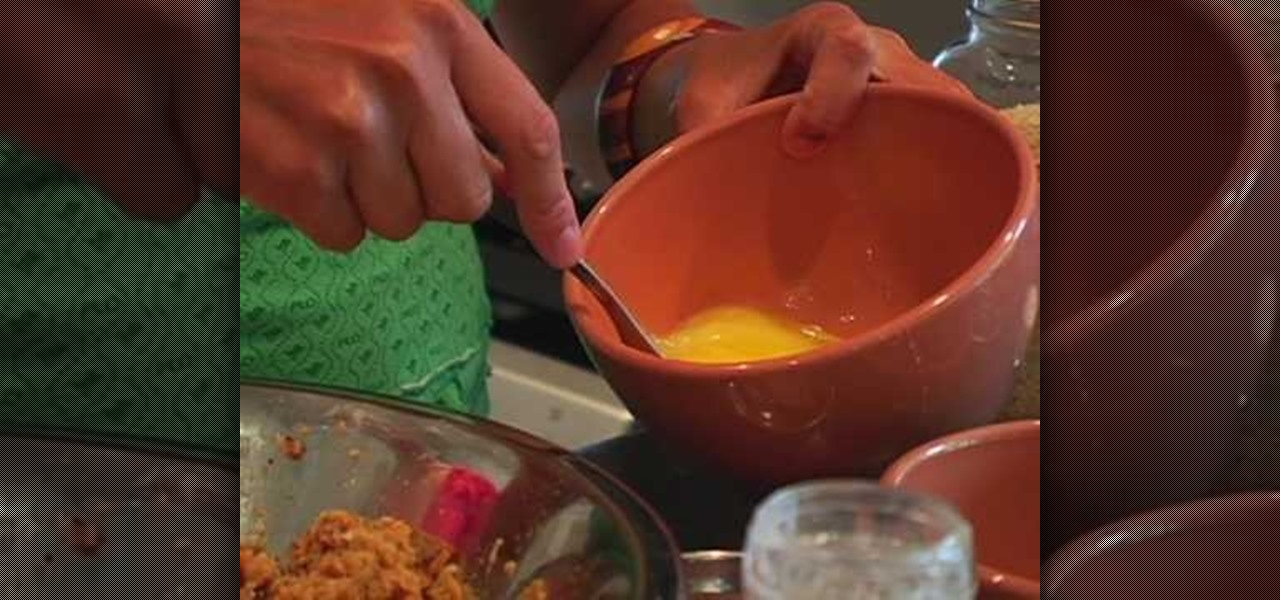
Veggie Burgers are a nutritional alternative to beef burgers. Many people don't think of making their own veggie burgers but they are really easy to make at home. Store bought veggie burgers are nutritional but often very high in sodium and preservatives.
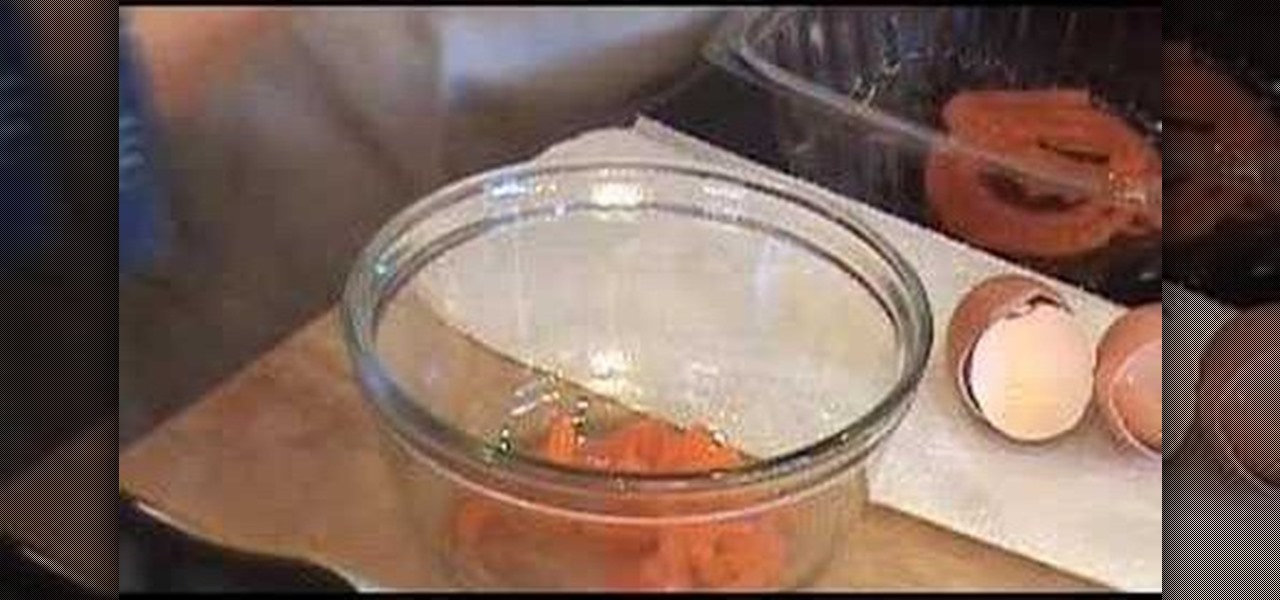
Watch this how to video to learn how to make a n Indian style dessert. Learn to make jalebi pudding. It is a great dessert recipe that just can’t be any easier!

When you're on the go, Plex makes sure your media always stays with you. Just install the server app for Mac or PC and enable remote access, then you can stream movies and TV shows from your computer to your phone over the internet.
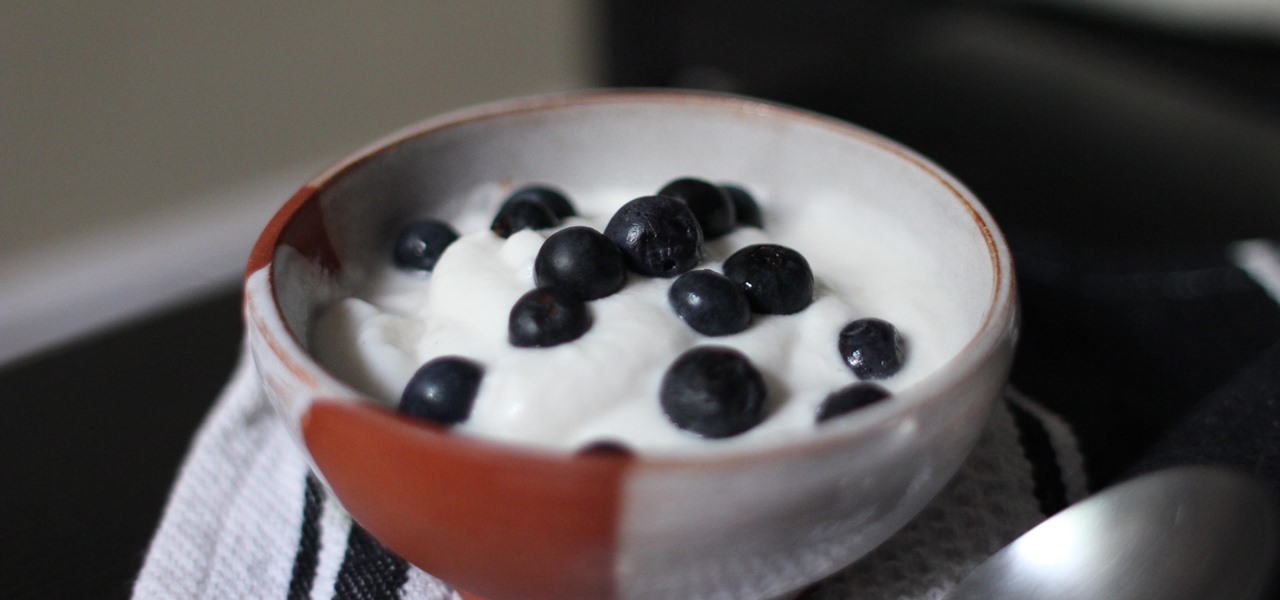
Yogurt is more than an excellent source of protein, calcium, and gut-healthy probiotic bacteria. A protein isolated from probiotic lactobacillus bacteria in yogurt is capable of inhibiting drug-resistant bacteria.

Ben & Jerry's addicts rejoice: Microsoft just won a patent for AR glasses that could help to combat overeating. Physical restraint is still needed to keep me away from that ice-creamy goodness, but a little virtual voice saying 'DON'T DO IT' could definitely help when the cravings come.
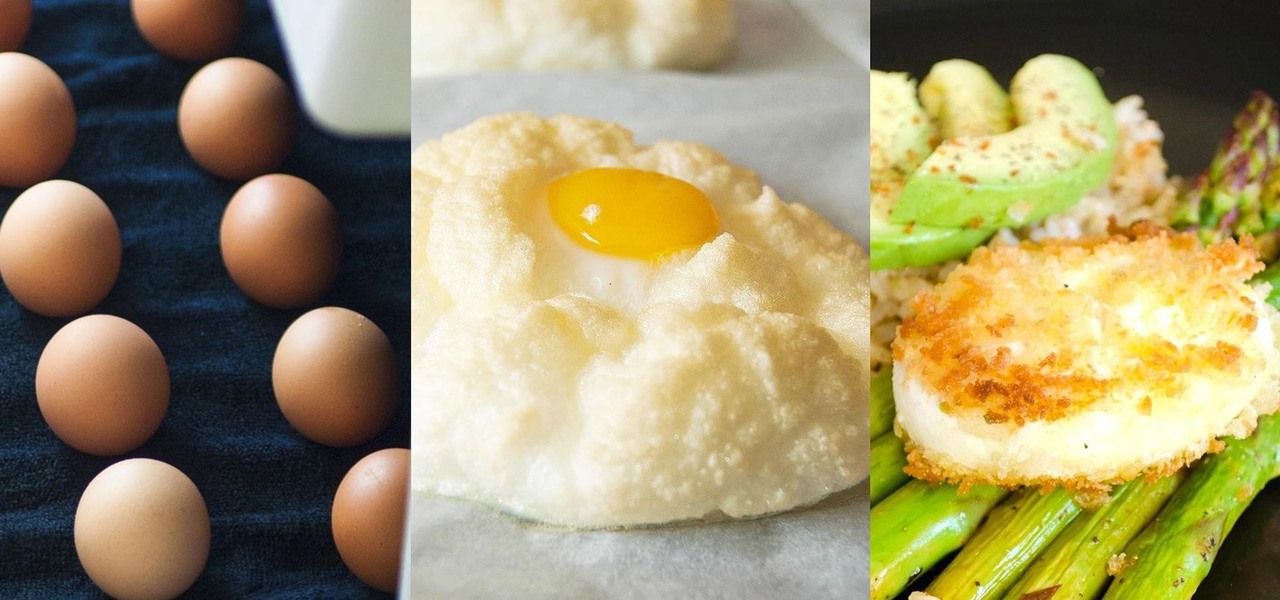
All day I dream of eggs: scrambled, poached, over easy, hard-boiled, fried, baked, raw... Okay, the last one is a joke (unless you're Gaston, which means that you eat five dozen of them and you're roughly the size of a barge). But eggs are freaking good in just about any cooking prep, and more often than not are the foundation of your favorite baked goods.
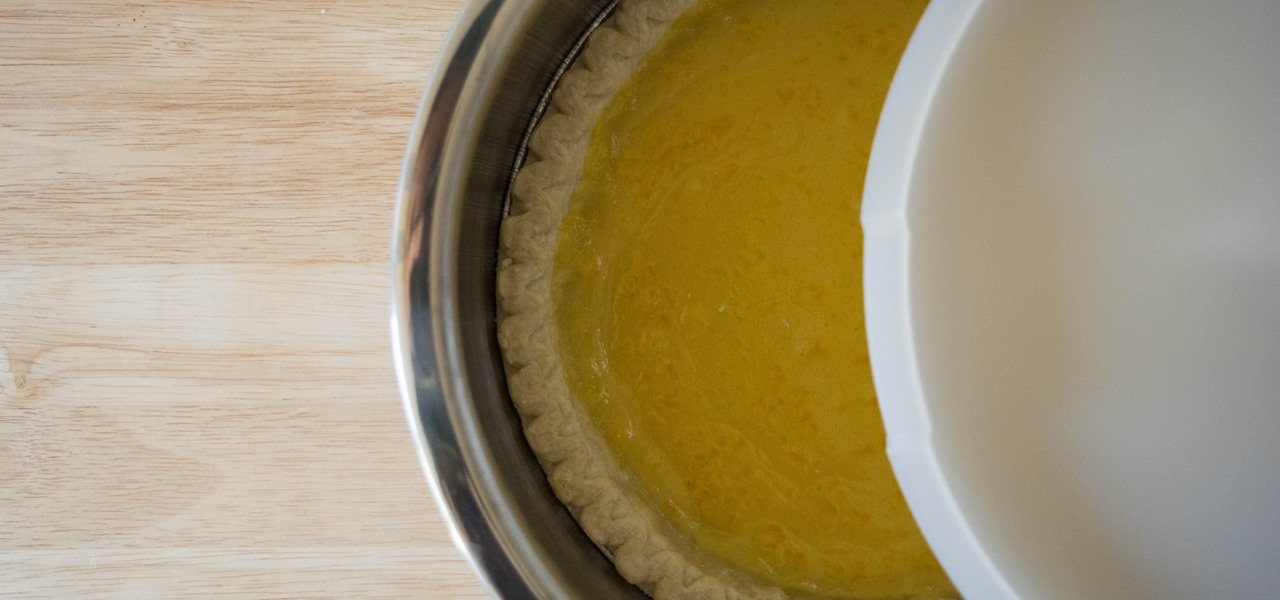
Imagine you have mastered the perfect cherry pie for your annual work picnic but, upon taking it out of its airtight pie carrier, your heart sinks as you realize the crust has turned to mush thanks to the moisture from the filling. Sound familiar?
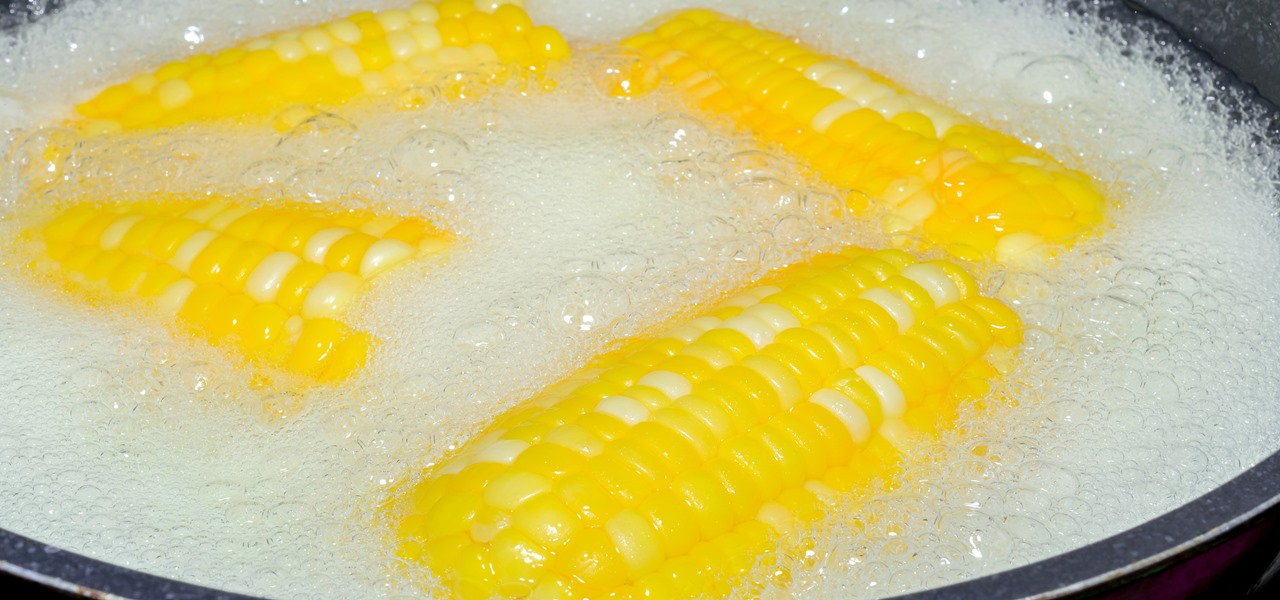
Corn on the cob is one of the most popular accompaniments to a bountiful meal shared with a group because it's cheap, easy to prepare in a number of different ways, filling, and fun to eat. The butter is passed around the table for guests to smooth onto their own cooked ear of maize, then people dive in once everyone's corn is dripping with golden goodness.
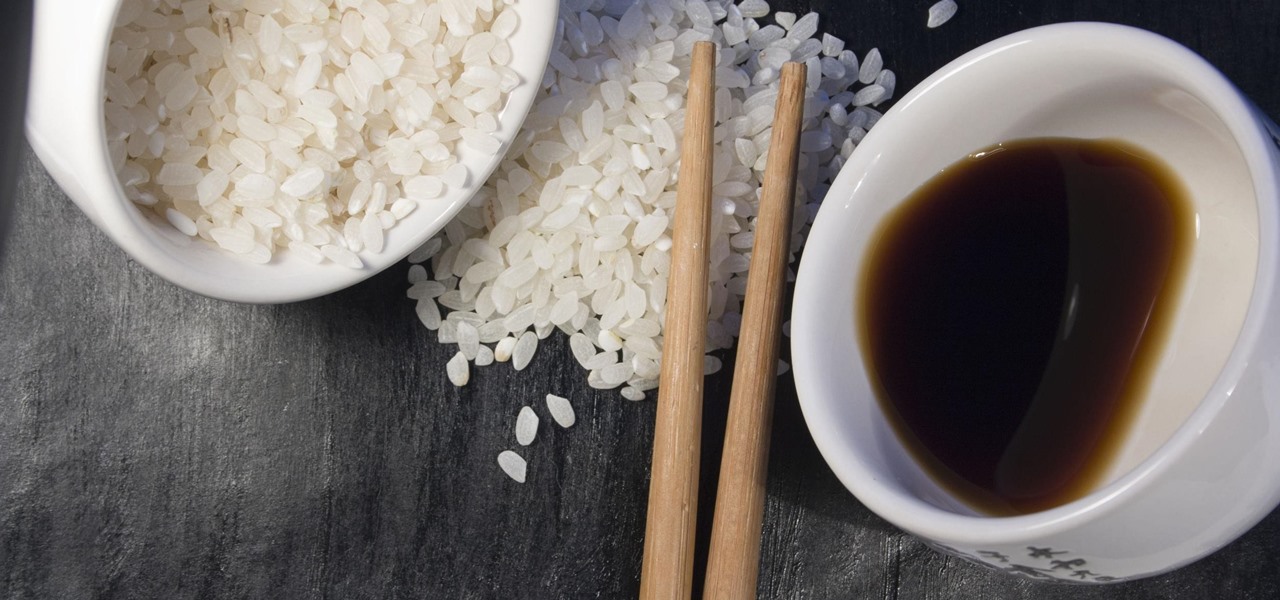
Koji is a culture made up of a certain fungus (mold) called Aspergillus oryzae, which has been used to ferment rice and soybeans in Japanese, Chinese, and Korean kitchens for centuries. Koji can actually have other involved fungi, but Aspergillus oryzae is the most common, and therefore the names can be used interchangeably. Its end purpose is to enhance the flavor of items like soy sauce, sake, and miso.

We admit it: we are ranch dressing fanatics. We like to put it on our simple salads, spread it across our chicken wings, and dip homemade sweet potato fries in it. Plus, since childhood, neither of us can eat pizza without ranch dressing to accompany it.

I was one of the first to install the iOS 10 developer beta, and I remember thinking that everything was working insanely well compared to the first iOS 9 developer beta—but then I got a warning that I used 90% of my data 11 days into my following cycle—one day before I updated to beta 2.

Pokémon GO has become a cultural phenomenon. Finally, we can do what we always dreamed of back when we were kids—catch Pokémon in real life!
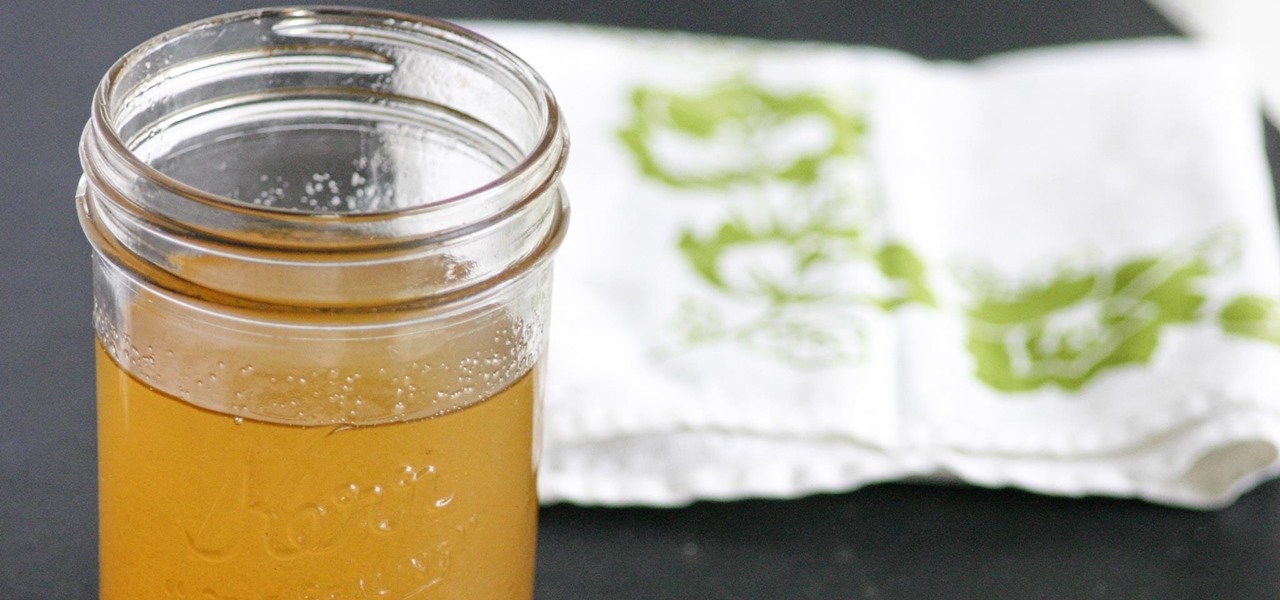
I fry foods a lot. A LOT. We're talking wings by the dozen here. As a result, I go through a ton of frying oil. Now, frying oil isn't the most expensive ingredient out there, but it adds up when you fry regularly. Of course, I always reuse my oil, but straining it can be a huge mess and it gets to a certain point where enough is enough. It's time to start fresh.
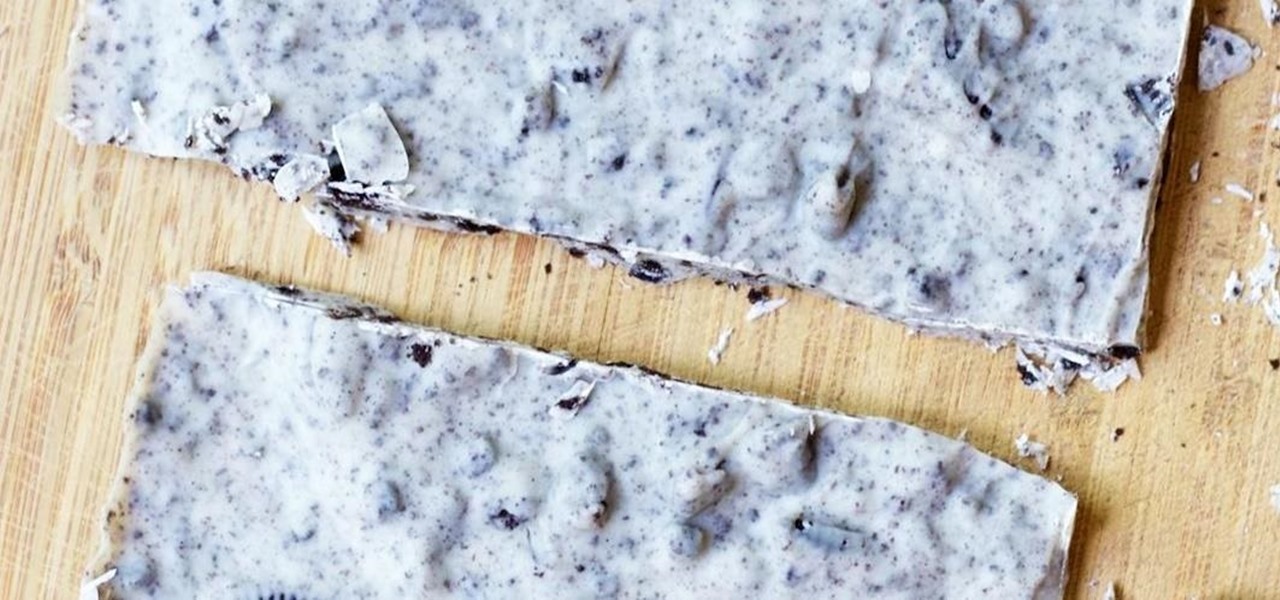
Cookies 'n' Creme is one of Hershey's most popular candy bars, right behind their classic milk chocolate bar, Kit Kat, and Reese's Peanut Butter Cups.